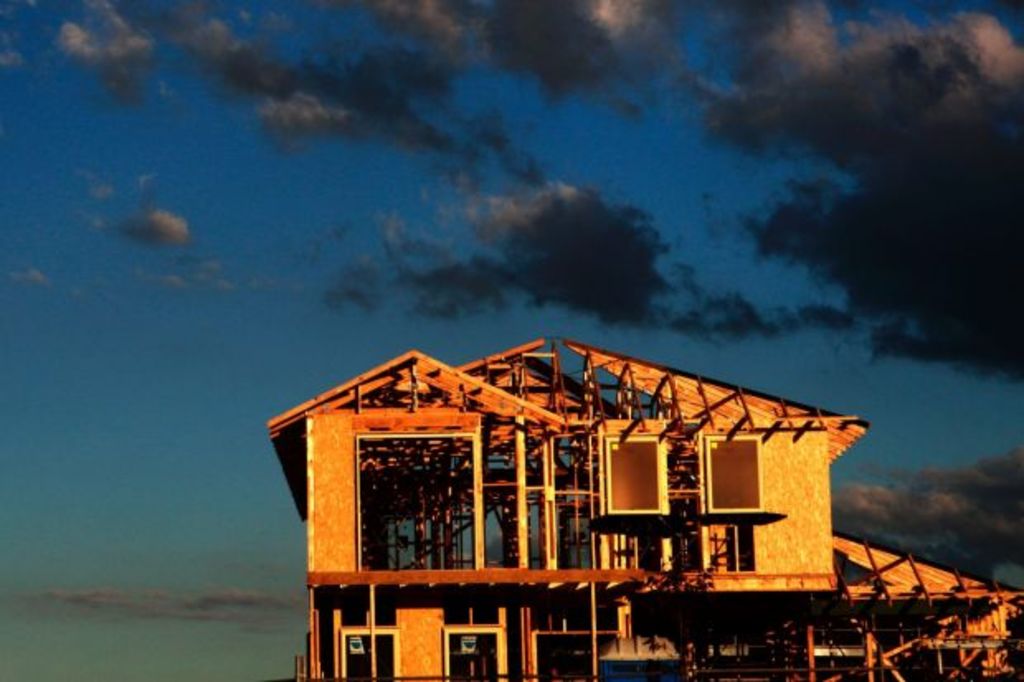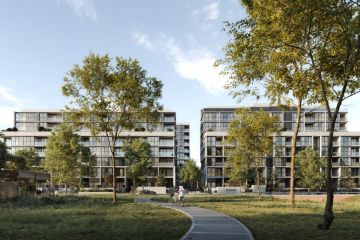Most expect house prices to keep falling, but 43 per cent still expect rises

Australians’ house price expectations have fallen sharply as news surrounding ongoing market weakness, tighter lending standards, mortgage rate hikes and a royal commission into banks sinks in.
National house prices dropped one per cent in the most recent quarter and have now posted their first negative year since 2012, with the majority of Australians expecting that that won’t be reversed in the year ahead.
Expectations toward property slumped 13.6 per cent to 112.5 on the Consumer House Price Expectations Index in July – its lowest level since April 2016 and well below its long-run average of 127.5, according to the latest Westpac-Melbourne Institute report.
But while more than half of consumers expect house prices to either remain flat or drop in the year ahead, 43 per cent still expect a rise in national house prices.
Consumers “tend to show a positive bias toward property price expectations”, Westpac senior economist Matthew Hassan said, but noted the momentum is heading lower.
Those who responded positively in the survey are highly likely to be disappointed, according to the economic community, which predominantly predicts further noticeable property price falls ahead.
Economists from UBS, NAB, AMP Capital, ANZ, Capital Economics and CBA all predict weakness to persist for at least another 18 months, with a varying degree of severity.
The most bearish of those six economic groups is Capital Economics, with chief Australia and New Zealand economist Paul Dales predicting a 12 per cent peak-to-trough fall in property prices across the nation between late 2017 and the end of 2021.
The most upbeat of those six economists is NAB’s Alan Oster, who expects a national peak-to-trough fall of roughly 3-4 per cent, with Sydney to give up 6 per cent and Melbourne to drop 4 per cent overall.
AMP Capital chief economist Shane Oliver, meanwhile, expects a sharp 15 per cent peak-to-trough fall in both Sydney and Melbourne, but only 5 per cent to be lost nationally as other cities show potential.
All six economists noted “downside” risks to their forecasts, meaning the falls could be bigger than they expect.
“There’s more uncertainty around Sydney and Melbourne than there has been for a long time,” Dr Oliver said.
On the one hand, Dr Oliver said affordability is “horrible” after a long run-up in prices and a lot of people have stretched themselves. On the other, the Australian property market has proved resilient over many, many years.
“The history suggests it may not go too far, but other risks suggest it could go further. So, I think potential buyers are right to be cautious,” he said.
We recommend
We thought you might like
States
Capital Cities
Capital Cities - Rentals
Popular Areas
Allhomes
More







